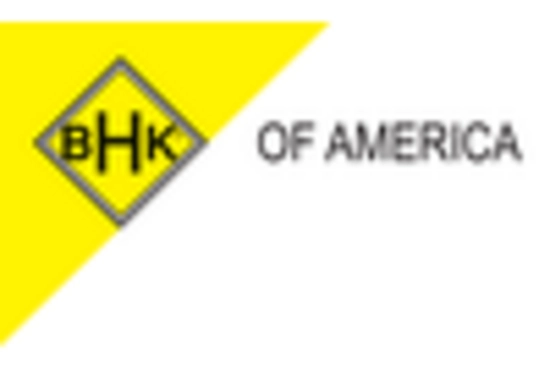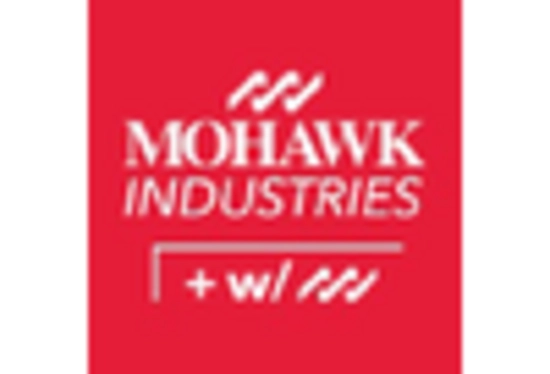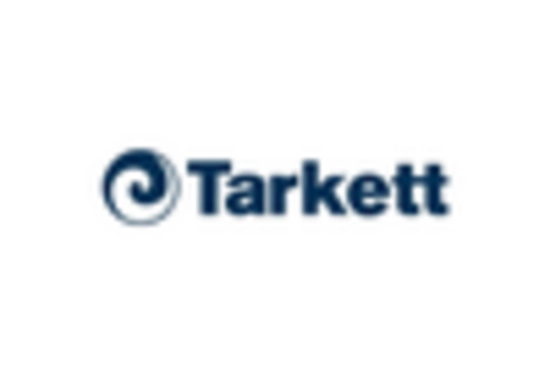Market Trends
Key Emerging Trends in the Wooden Floor Market
Recent years have witnessed changes in wooden floor market trends owing to consumer preferences and technological advancements. The rise of sustainable flooring has been witnessed recently. As customers become more environmentally conscious they get inclined towards wood from sources whereby forests are ethically managed or certified by Forest Stewardship Council (FSC). This practice stems from global tendencies for sustainable materials and procedures.
Technology has shaped the hardwood floor business through improved treatments and coatings. Finishing developments have made wooden floors tougher while prolonging their lifespan. Water-resistant coatings now make timber flooring possible even in kitchens and baths previously inappropriate for them. Consequently, this technical revolution meets customer needs thus spurring market.
Another trend witnessed in hardwood floors is customization. The modern consumer wants personalized products that reflect his/her interests and match with interior design preferences. This has led to provision of different woods in terms of species, colorations, treatments and board widths by manufacturers. Wood flooring can be customized for architectural or design purposes.
In recent years, hardwood floors have become more popular in America, and it is linked to many developments. Wooden floors provide warmth and a sense of timelessness to a space thus enhancing various kinds of themes. Many individuals appreciate oak flooring because it goes well with both conventional and contemporary design concepts.
Among the Northern American countries, United States has largest use of wooden flooring. As such, this country has experienced growth due to the need for affordable yet practical enough floorings that are equally attractive in commercial or residential buildings.
The popularity of hardwood floors can be attributed to their robustness and permanence. Oak, maple and walnut are used on the floor as they create surfaces that can endure day-to-day activities. This durability raises owners’ property values and makes oak flooring a long-term solution. Hardwood floor industry market is driven by consumer tastes, economic conditions, environmental issues, technological advancements among others like real estate patterns, government regulations as well as extreme competition. To survive in such changing environment calls for vigilance and adaptability on the part of stakeholders.

















Leave a Comment